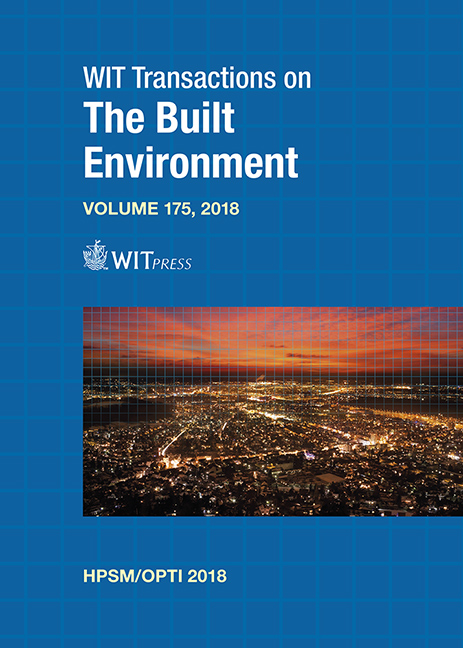A PRELIMINARY APPROACH TO MULTI-MATERIAL TOPOLOGY OPTIMIZATION CONSIDERING COST ESTIMATION
Price
Free (open access)
Transaction
Volume
175
Pages
11
Page Range
121 - 131
Published
2018
Size
493 kb
Paper DOI
10.2495/HPSM180131
Copyright
WIT Press
Author(s)
CARLOS LÓPEZ, SOFIE BURGGRAEVE, JAN STROOBANTS
Abstract
Leading edge manufacturing industries, such as automotive or aerospace, need to develop multi-material solutions in order to optimize their products for a variety of attributes and to deliver the most cost-effective solutions. Companies demand efficient and novel topology optimization strategies, where not only the topology is optimized, but also the distribution of several materials within it. Additive Manufacturing is one of the best known procedures to build up such multi-material solutions, but also more traditional procedures such as welding or thermoforming can be in play. This paper aims to describe a preliminary approach to face multi-material topology optimization considering not only mass or volume, but also material costs. The material selection is based on a given pool, either a database or a relevant set provided by the requesting company. Coupled material-manufacturing information needs to be gathered for the material selection approach, which will take into account the most relevant properties (e.g. density, Young’s modulus, but also cost and manufacturability) and will allow the use of them as an input in the optimization framework. Estimations of the different costs will be introduced into the multi-material topology optimization algorithm through the definition of a suitable cost model. This model will allow us to quantify the total cost as an attribute of the design so that it can be used either as an optimization objective function or constraint. The framework proposed in this research is based on two codes available in literature: a 2D multi-material topology optimization code, in which material interpolation is proposed within the topology optimization without including any extra design variables, and a 3D topology optimization code. The approach proposed here is able to do 3D multi-material topology optimization and searches the performance – cost Pareto front (e.g. normalized compliance – material cost), such that the final decision can be made by the company. A generic case consisting of a bike frame is presented to show these advances in the optimization framework.
Keywords
topology optimization, multi-material design, cost model, Pareto front





